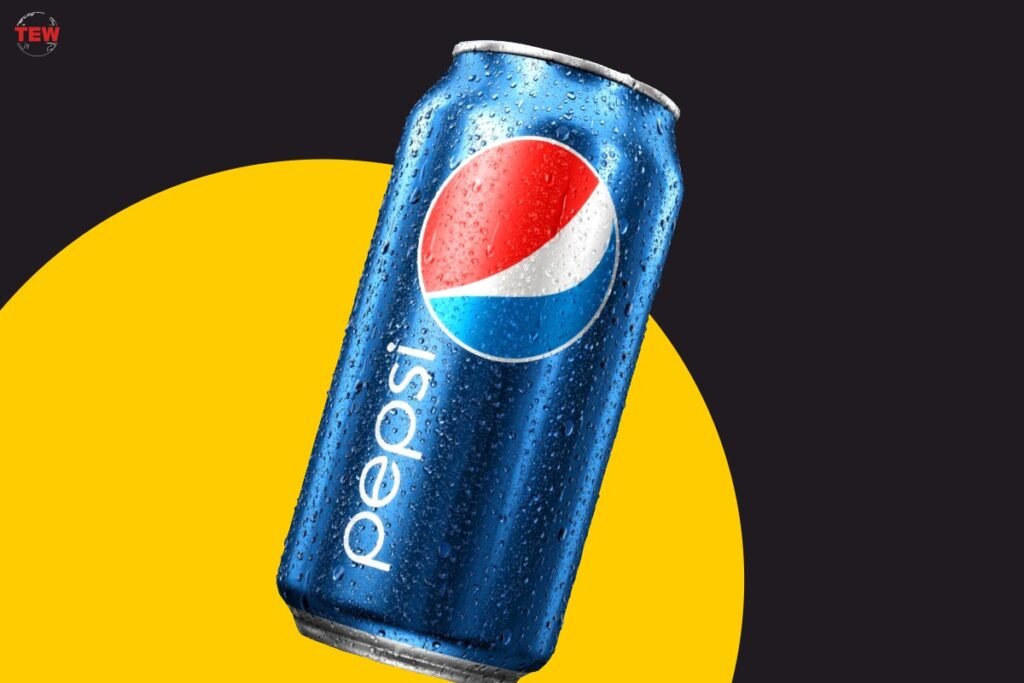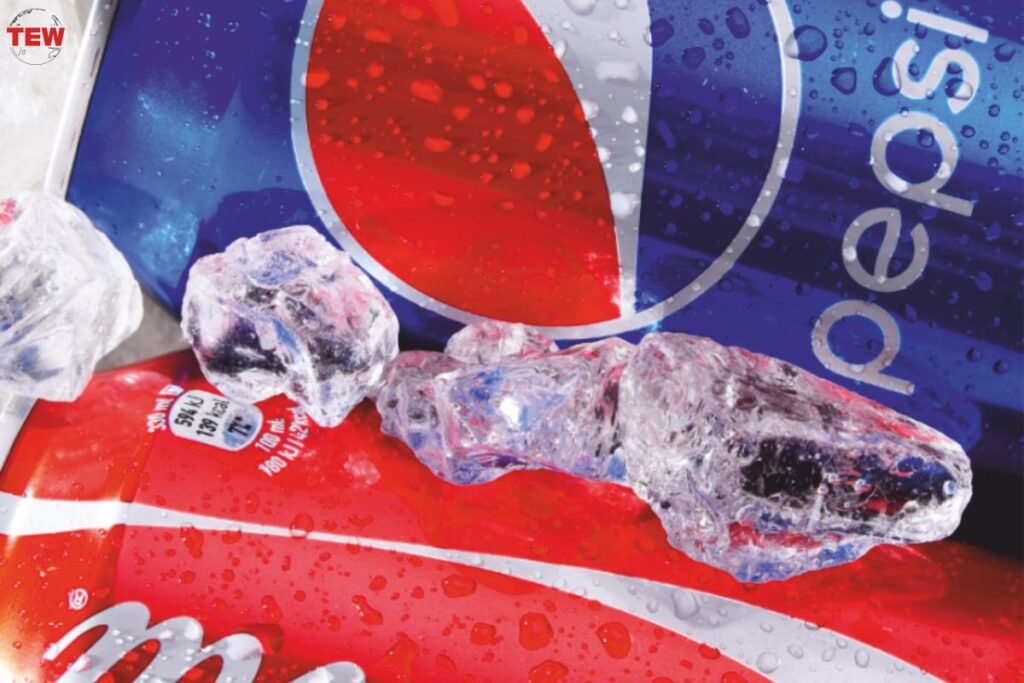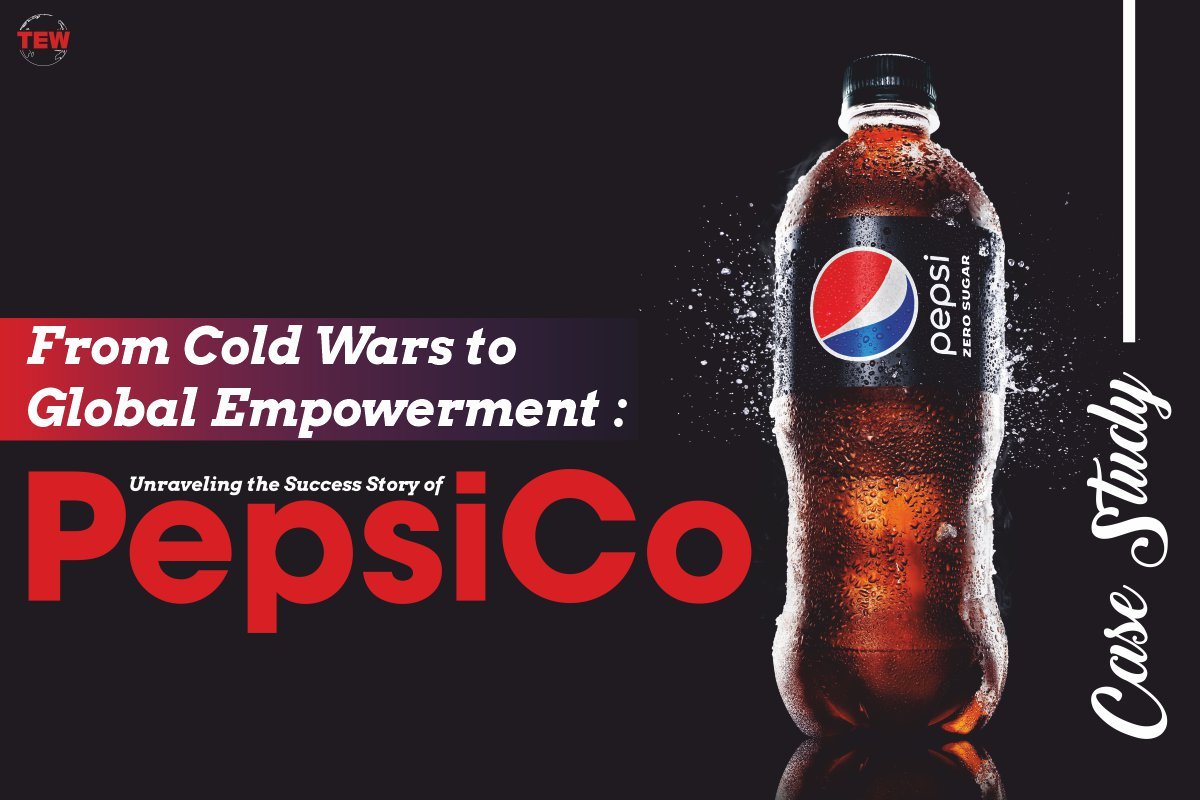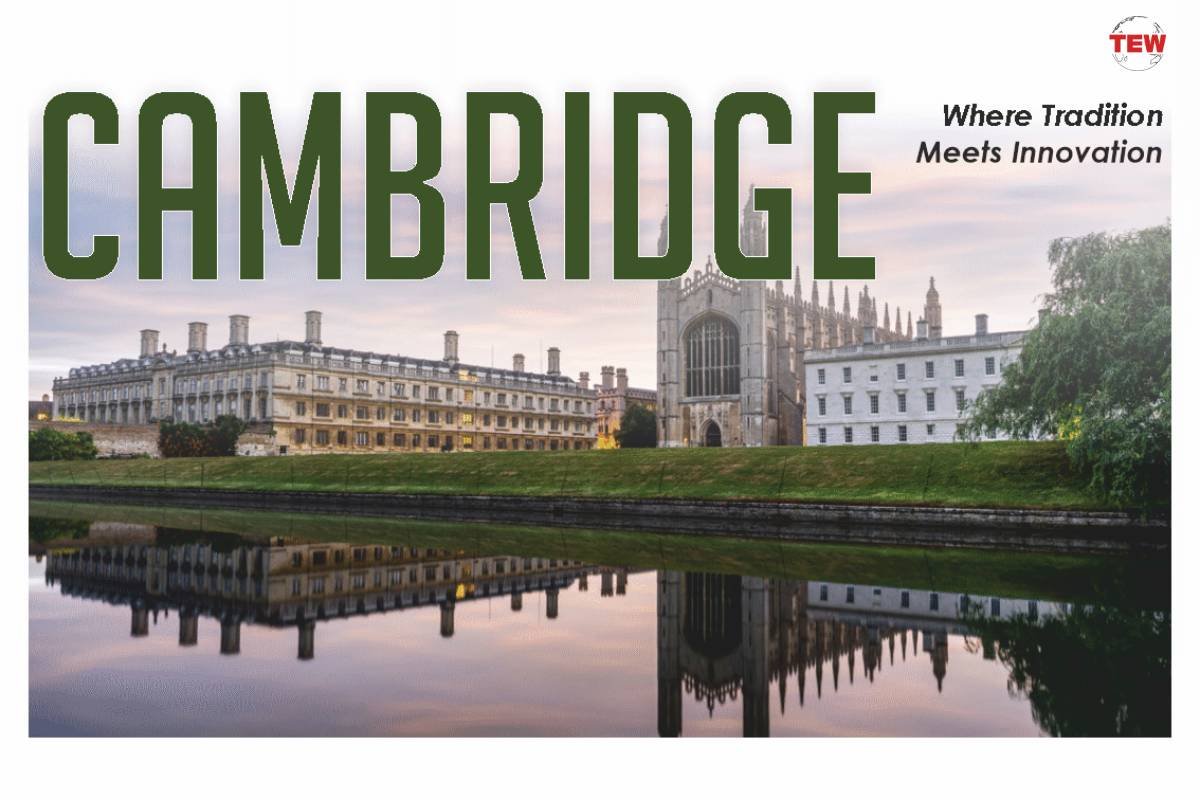An alluring weekend vibe is about a bunch of friends visiting your place to watch your favorite sports team play. The fun is boosted up when you have ordered pizzas and Pepsi bottles are waiting for you in the refrigerator. A few hours later, just to pass the time after half-time, you get Lay’s packets for munching and more Pepsi bottles. How does it sound? Before you go into the past and crave the taste of pizza, Pepsi, and Lay’s, we bring your attention to the interesting story of how these products reach you. In this article, you will read about the journey of PepsiCo, a parent company of Pepsi, Lay’s, and many other products.
Crucial Moments in PepsiCo’s History:
A leading food and beverages company, PepsiCo has come so far and in this section, we are going to throw light on the significant moments that pushed it to where it is today:
- 1898: Pepsi-Cola was invented by Caleb Bradham
- 1965: PepsiCo, Inc. was founded by Donald M. Kendall, the CEO of Pepsi-Cola, and Herman W. Lay, the CEO of Frito-Lay
- 1967: The Pepsi Generation advertising campaign started
- 1976: After being introduced in Dallas, Texas, the Pepsi Challenge became a national campaign
- 1981: Nutritional labeling began for Frito-Lay
- 1988: “The Choice of a New Generation” found Michael Jackson as its spokesperson
- 1988: Doritos, produced by Frito-Lay, became the best-selling snack chips globally
- 1991: Singer Ray Charles and the Uh-Huh Girls were featured in commercials
- 1993: Freshness dating was introduced by Pepsi-Cola
- 1996: PepsiCo.com and Pepsi Stuff were unveiled in
- 2000: The Pepsi Challenge was revived
- 2002: Gatorade ICE, Go Snacks, and Pepsi Blue were introduced by PepsiCo
Pivotal Factors Contributed to PepsiCo’s Business Breakthrough

(Credit-PepsiCo)
With a splendid combination of unique vision and strong management, the brand is dominating not just the food and beverages industry but also other companies in the world. One of the key factors that led to the growth of the company is that it never loses touch with changing trends and lifestyles. In this part, we will shed light on such factors:
- The Pepsi Challenge: The company announced a ‘Pepsi Challenge’ in which consumers were invited to taste the Cola drinks blindly. The campaign was a huge success for the company leading to earning a greater share of profit from the market. Through this event, it challenged the giant of the beverage industry Coca-Cola.
- Diversifying the products: In 1990, PepsiCo decided to diversify its products and manufacture beyond soft drinks. It acquired brands of snacks such as Frito-Lay, Quaker Oats, and Tropicana. Furthermore, the products were expanded into other categories such as sports drinks and energy drinks. This move gave the company an extra edge over its competitors and built a well-rounded association whose sales were less reliant on soft drinks.
- Strategic Acquisition: PepsiCo was involved in several strategic acquisitions that expanded its business and helped to enter into new industries. One of the best examples of acquisition is buying the Russian Juice and Dairy company Wimm-Bill-Dann due to which it gained a foothold in the Russian market.
- Consistent Innovation and Global Expansion: Currently, PepsiCo operates in 200 countries and reaches new customers by tapping into emerging market economies like India and China. Moreover, it never fails to innovate and propose new products in the market. Its new products Pepsi Max and Pepsi Next are for health-conscious consumers.
- Sustainable Business Practices: PepsiCo is taking serious steps towards environment conservation that includes sustainable business practices. It encompasses reducing carbon footprint, conserving water, and promoting recycling. Now, the company has attracted environment-conscious customers and became the leader in corporate sustainability.
- Digital Transformation: PepsiCo is investing heavily in digital transformation by using technology to improve marketing strategies and supply chain management. Its digital tools are improving inventory management and reducing delays in product delivery. The company is using social media platforms innovatively by using various hashtags in its campaigns.
Lastly, PepsiCo’s ability to adapt to changing customer needs and preferences directed its global expansion and strategic acquisitions.
New Acquisitions of Pepsico
PepsiCo has become a colossal competitor in the fast food, snacks, and beverages market since it has acquired three restaurant chains that consist of Pizza Hut, Taco Bell, and Kentucky Fried Chicken (KFC). However, a few years later, the company sold them and introduced several new drinks namely, Diet Pepsi, Pepsi Free, and Slice. Furthermore, it has signed the world’s most talented and famous superstars like Michel Jackson. In 1940, the company announced its first radio jingle, called “Nickel Nickel”.
Challenges Faced by PepsiCo

(Credit-PepsiCo)
In 1980, PepsiCo faced a difficult time of uncertainty and scandal. Its employees in Mexico and the Philippines were caught in a scandal where they submitted false documents. Documents showed that the company was making more money than it recorded. The incidence reduced the share market value of the company and decreased its profit by 25%. After a few years, it changed its recipe to a century-old syrup and introduced a new taste of the product called New Coke. However, its loyal customers trolled the new product and asked to come back to the old one.
Success of Pepsi
Consumers enjoy Pepsi because of its engaging and entertaining commercials. Similarly, Pepsi became more successful than other products because of its commercials. It debuted ads during most rated television programs. The company spent 6 million dollars advertising its drink through celebrities on an annual basis. Due to this, it stayed ahead of the Cola race and PepsiCo became the largest searched company over the internet. Celebrity endorsement and sponsorship of sports companies enhanced the brand appeal of Pepsi and made a deeper connection with customers.
Marketing Strategies of PepsiCo
Practically speaking, the cola race has occupied a major share of the beverage market. PepsiCo’s success and growth can be attributed to its advertising and marketing strategies. Here are four marketing strategies every business can learn from the company:
- Investing in the right channels: According to PepsiCo’s report, the company has increased its global market share by 12% in 2019. A major part of this goes to digital marketing and advertising. However, it is spending on traditional market strategies like television advertisements and posters. Recently, the brand is finding a connection with social media customers and became more conscious about customer services.
- Choosing the right sponsorship: In addition to promotional campaigns, PepsiCo focuses more on choosing the right sponsors and partners. In 2016, the company partnered with the Board of Control for Cricket in India (BCCI). In 2017, it partnered with UEFA Champions League for the second time.
- Attract all kinds of customers: PepsiCo does not focus on specific customers, as it takes care of all types of them. The company is expanding its nutritious products to target health-conscious consumers. Its wide portfolio is full of a variety of products that have delicious tastes and flavors. It keeps following new trends in packaging and updating designs.
- Purpose-related marketing: The company attracts socially conscious customers by featuring purpose-related marketing. Its environment-oriented campaigns build community engagement. #PepsiCoRecycling campaign is raising awareness about the importance of waste management.
Through a multi-channel approach, celebrity endorsement, social media engagement, and creative campaigns, PepesiCo strives hard to maintain its position as a leading player in the food and beverages industry.
PepsiCo vs Coca-Cola

(credit-linkdin)
PepsiCo and Coca-Cola have a strong presence in not just the beverage industry but also in the fast food and snacks industry. However, there are notable differences between both of them in terms of marketing strategies, brandings, and product offerings.
| Points of Difference | PepsiCo | Coca-Cola |
| Branding | A youthful, innovative, and energetic brand. It targets consumers with a portfolio of beverages and snacks. It is known for its bold and exciting advertising campaigns. | It builds a more timeless and classic brand image that emphasizes happiness, nostalgia, and togetherness. Its iconic red and white logo and its association with Santa Claus during the holiday season are instantly recognizable around the world. |
| Marketing Strategies | It often uses celebrity features and high-energy advertising campaigns to connect with younger consumers and create excitement. They have partnered with popular celebrities, athletes, and influencers to endorse their products and engage with their target audience. | Coca-Cola in its marketing strategies emphasizes emotional storytelling. It focuses on heartwarming and inclusive messages, aiming to evoke feelings of happiness and togetherness. |
| Product Offering | PepsiCo includes brands like Pepsi, Mountain Dew, Gatorade, Tropicana, and Lipton, among others. In addition to beverages, PepsiCo also owns popular snack brands like Lay’s, Doritos, and Quaker. | It offers products such as Sprite, Fanta, Dasani, and Minute Maid juices. However, Coca-Cola’s product offerings are primarily focused on beverages. |
In conclusion, there is a lot more competition in the market today in the food and beverages industry. The company is coping with the changing trends and upcoming challenges. It is achieving new heights of success with breathtaking innovations and experiments. If you want to grow your business like PepsiCo, you can refer to this article as a good case study and implement its strategies for a bright future for your business.





